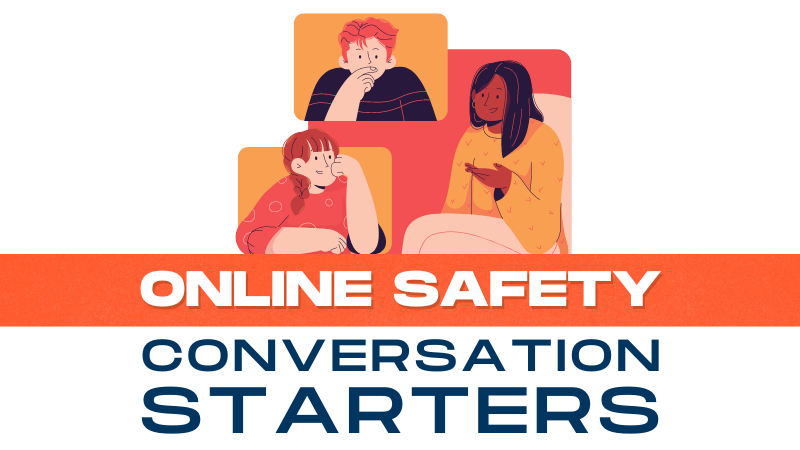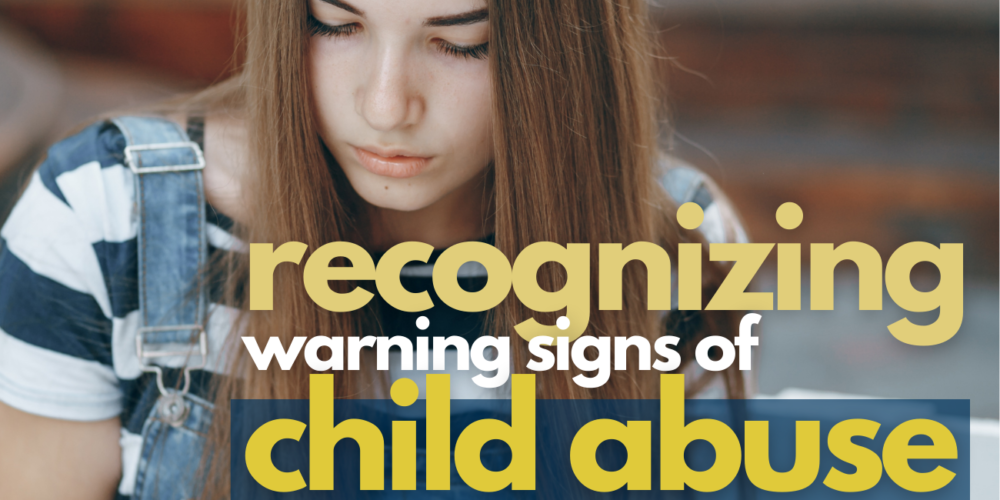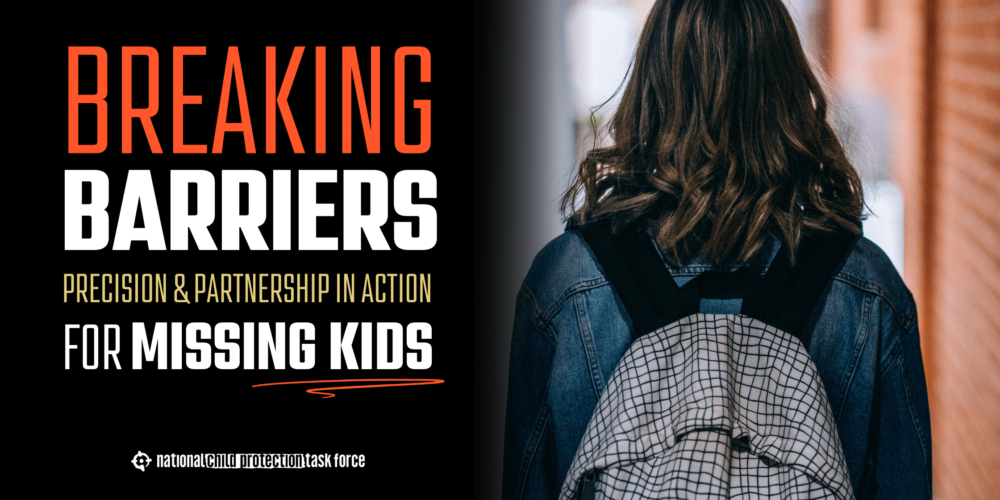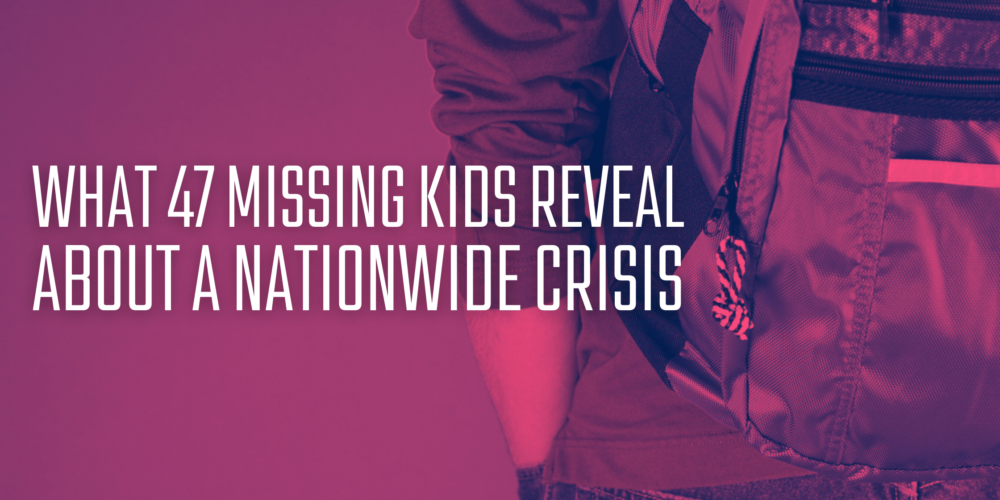Summer break brings a sigh of relief and a burst of excitement for kids as they look forward to more free time and less structured days. For parents, however, this can mean juggling new challenges around keeping children safe in increasingly digital environments. Here’s a straightforward guide for parents to help keep kids safe online during the summer months.
1. Establish Clear Online Rules and Expectations
This summer, sit down with your kids and sketch out a digital map. Decide together the landmarks— which sites they’ll visit, the paths they’ll wander in games, and the time they’ll spend exploring. Make it a living document, one that evolves and grows with them.
Start by setting clear boundaries. Define specific hours when your child can use the internet and ensure they understand which websites and apps are off-limits. Create screen free zones in your home, such as the bedroom or bathroom.
Pro tip: discuss the reasons behind the rules you set to make children feel involved and respected.
2. Educate on Online Dangers and Privacy
There’s a beautiful opportunity hidden here— the chance to learn discernment. Discuss with your children the importance of privacy, the power of words, and the reality of online illusions. Like reading a room when they walk into it, teach them to read the virtual rooms they enter. Who is asking for their information? What feels strange about an interaction? When should they step back?
Take time to educate your children about the potential dangers of the internet. Discuss topics like cyberbullying, online predators, and privacy openly and often. Teach them never to share personal information online, such as their address, phone number, school name, or images without parental permission.
3. Utilize Parental Controls
Think of parental controls not as impenetrable shields, but as garden fences that help young plants (our children) grow upright. Set up filters that help you monitor their online activities, and discuss why they’re there— they’re not just rules, but protective measures that ensure their growth isn’t stunted by things they aren’t yet ready to handle.
Make use of the parental controls available on most devices and browsers. These tools can help you block inappropriate content, monitor your child’s online activity, and even set time limits on internet use. Familiarize yourself with the settings on each device and application your child uses.
Pro tip: Download the games and apps your child does. Ask them questions about how the app functions, and talk regularly about where your child spends time online to foster a more open dialogue.
4. Promote Healthy Screen Time Habits
In the narrative of childhood, let there be as many chapters written under trees and stars as are written with pixels. Encourage your kids to balance their online adventures with real-world exploits. Maybe it’s a family garden project, a day spent painting, or exploring a new trail. The richness of life is found in balance.
Encourage a healthy balance between screen time and other activities. Implement rules around screen time, such as no screens during meal times and before bedtime to help regulate their routine. Promote physical activities and offline hobbies that can help them develop new skills and interests away from screens.
Pro tip: Kids model our behavior, so practice what you preach when it comes to creating healthy screen time habits.
5. Keep Open Lines of Communication
Just as we don’t send our children into the world without having conversations around safety, we shouldn’t send them into the digital world without an ongoing dialogue. Make it as natural as asking about their day at school. What did they find interesting online? What made them uncomfortable? Let them know these conversations are always open, free from judgment.
Maintain an open line of communication with your children about their online experiences. Ask them about the games they play and the friends they interact with online. Showing interest in their digital life helps build trust and makes it easier for them to come to you with concerns or questions.
6. Check-In and Monitor Regularly
Navigating your child's online world is akin to teaching them to ride a bike: initially close by for safety, then allowing freedom within watchful bounds. Approach check-ins with curiosity and openness, fostering a relationship where they feel comfortable sharing their digital explorations. We set boundaries not to confine but to empower, ensuring their online adventures are both safe and expansive.
While respecting privacy is important, ensuring safety is paramount. Periodically check in on your child’s online activity. This doesn't mean invading their privacy but ensuring that they are adhering to agreed-upon rules and using the internet safely and responsibly.
7. Be understanding if/when your child makes a mistake.
When your child comes to you with a mistake they've made online, embrace this as an opportunity to build trust. Approach these confessions not with punishment, but with the grace of understanding, much like you would receive a late-night call for help. This open-hearted reaction encourages honesty and courage rather than fear, building a bridge of trust that supports safer, wiser future choices.
If your child comes to you with something they did (no matter how wrong it is), do not punish them by taking away their device or internet. Kids fear losing their access and would rather not tell you if it meant losing access. Consider it similarly to your teenager calling you because they are drunk and need a ride home... It should be handled with grace and appreciation that they reach to you for help.
Summer break doesn’t have to be a free-for-all when it comes to internet use. By setting boundaries, educating your children about the risks, utilizing available tools, and maintaining open communication, you can help ensure that their online experiences are safe and positive. Enjoy the summer knowing that your children are not only having fun but are also protected from potential online dangers.
Stay engaged and informed about the best practices for online safety to create a safer, more balanced online world for the children in your life. Explore more detailed tips and tools to protect kids online on our Resources page.









